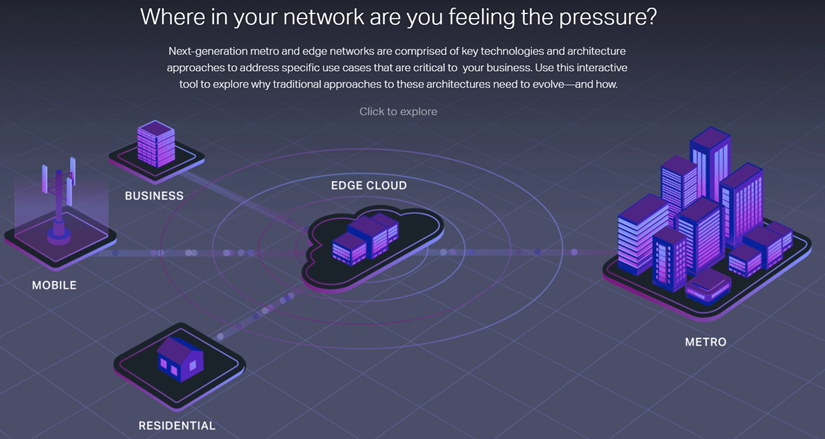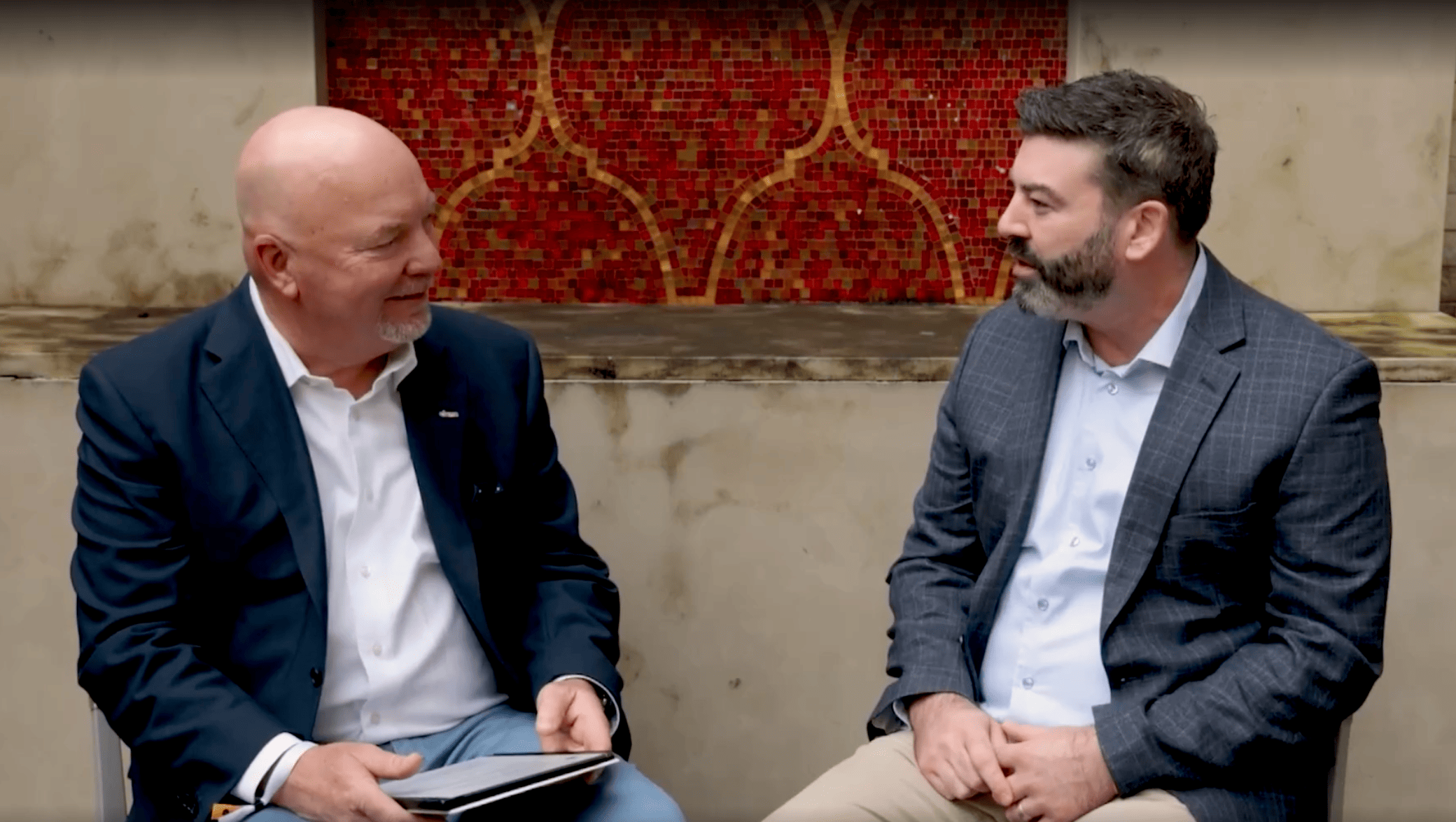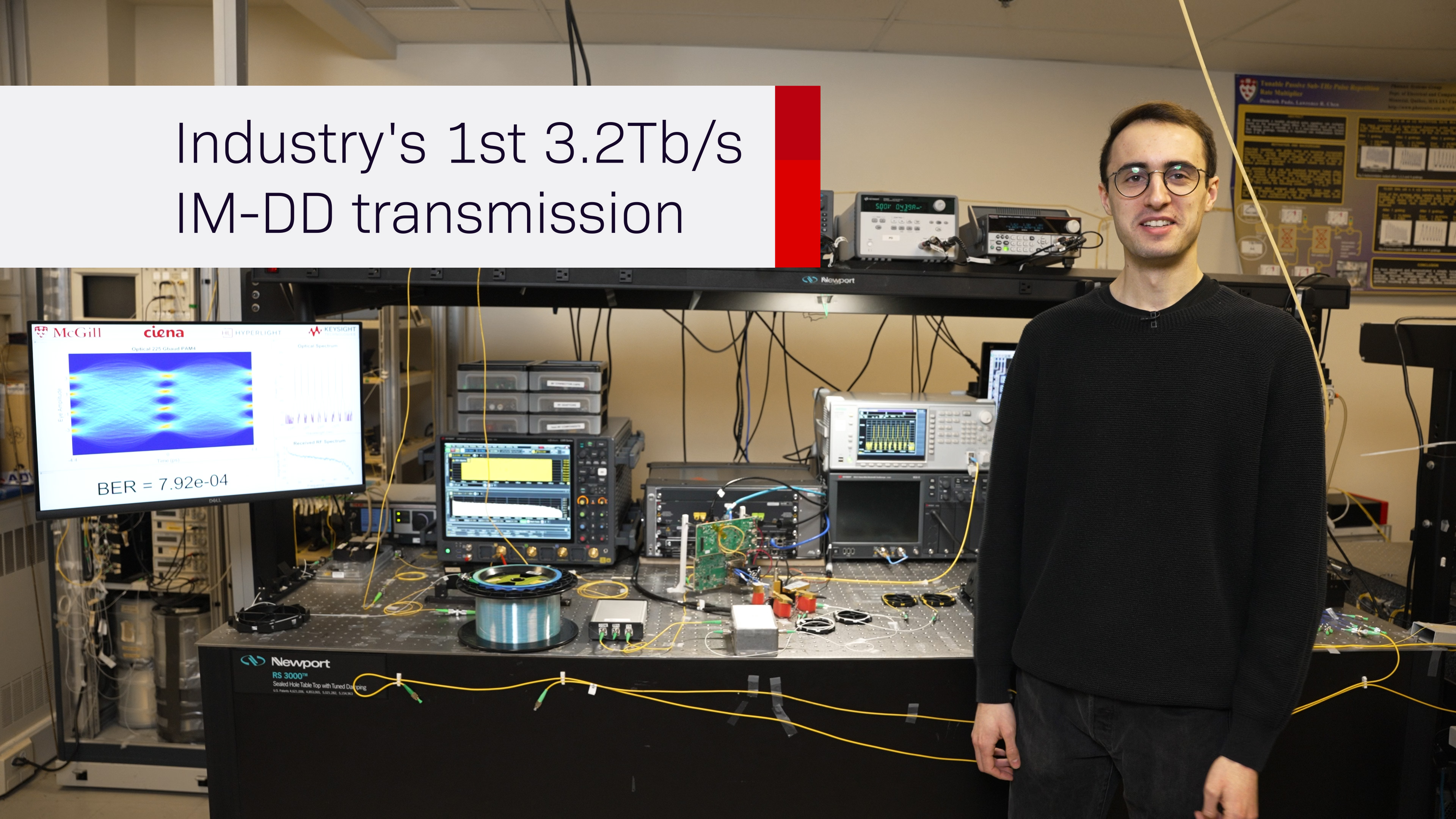3 unique network provider perspectives on IP/Optical convergence
According to a recent Heavy Reading global service provider survey, 87 percent of providers view IP/Optical convergence as important for their next-generation networks.* This is consistent with what we are hearing from customers. There is a lot of excitement in the industry to build networks differently and offer a richer quality of experience to end users by leveraging a combination of new technology innovations - coherent pluggable optics, modern IP protocols, programmable open interfaces, and centralized multi-layer, multi-vendor software control.
What are the advantages and opportunities tied to IP/Optical convergence? What are the networking considerations and challenges yet to overcome? I was fortunate to moderate a panel at the recent OFC Conference on this topic, where important –and entertaining—insights were shared through three unique perspectives: cloud provider (Microsoft), service provider (Telia Carrier), and multi-service operator (Cox Communications). Here are some of the key insights I took away from the sessions.
Scaling Metro Data Center Interconnect
The panel kicked off with Yawei Yin, Principal Network Developer of Azure Networking at Microsoft and his session “From PAM4 to Coherent 400G-ZR: the joy and pain when DWDM optics marry routers“, where he described how customer needs define Azure metro and long-haul requirements: high availability, high reliability, high stability, high bandwidth, and low latency.
An interesting insight Yawei shared is that achieving <2ms VM – to – VM (virtual machine) latency is critical for metro DCI architectures to ensure high quality of experience for end users. In addition, the selected architecture for data center interconnect (DCI) must offer a standard, cookie-cutter deployment and operational model, aptly described “simple simple simple”, that can scale to meet exponential growth. Demand for interconnect traffic between regional network gateways in the Microsoft network currently surpasses 6Pb/s (equivalent to 6,000,000 Gb/s) of data and this is expected to continue to increase as the use of artificial intelligence becomes more prevalent.
Microsoft will be upgrading their current DCI architecture, which consists of routers with 100G PAM4 optics, with 400G-capable routers and 400ZR coherent pluggables. Expected benefits with the upgrade to 400ZR, which is “just around the corner” include: 4x increase in optical channel bit rate, >50% reduction in cost per bit, reduction in OPEX through tunable lasers, and improved network stability resulting from the higher performance of coherent optics over PAM4.
Opportunity for IP Network Expansion
Next up was Mattias Fridström, Vice President and Chief Evangelist at Telia Carrier, who spoke about the exciting opportunities of upcoming 400ZR and ZR+ coherent pluggables to help run the IP network more efficiently and grow it from where it is today.
He shared that half of the Telia Carrier network today is being used to serve IP traffic, and 30% of these links have reaches of <40km and require less than 400G capacity. Using 400ZR for these applications is expected to provide 60-80% cost savings and will allow Telia Carrier to add their equipment in more sites and expand their business. In addition to cost savings, other benefits highlighted include less equipment, less space, less power, and less faults, with plug and play being the “dream scenario”.
Telia Carrier expects to start deploying 400ZR in 2021, first in greenfield applications, then expand deployment across the existing IP network. What is Telia Carrier afraid of? One highlighted item that will need to be worked through is “mixing and matching between hardware vendors despite existing standards”. As 400ZR will be the first foray into interoperable multi-vendor coherent optics, this is an important consideration.
It’s About More than Just the Optics
The third session came from Saurabh Patil, Principal Optical Network Design Architect at Cox Communications. He expanded the conversation beyond optics, and spoke about the importance of a disaggregated, flexible CDC line system along with centralized multi-vendor software control in the metro to allow for cookie-cutter deployments and the flexibility to support any of the many coherent technology options. He highlighted that 400ZR will be a great addition and another “tool in our toolbox”. He colorfully explained how Cox is designing their network to be able to “have your cake and eat it too” – deploying ROADM for the flexibility it offers and leveraging MxN WSS technology to support mix and match of coherent optics including high performance coherent (“800G, 1.6T, who knows what the future will bring”) along with ZR and ZR+ coherent pluggables. These are very pertinent points keeping in mind the accelerated pace of innovation for coherent technology innovation over the past few years.
Saurabh shared that Cox manages a diverse mix of services in the metro, including 1G, 10G, OTN, and wavelength services, and want to be able to quickly adapt to support any customer service demand. ROADM provides the flexibility to efficiently route traffic across the network. 400ZR is one other transponder - “Not an architecture change, just a technology to adjust to.” He explained that upgrading all routers to new ones capable of supporting 400G coherent pluggables is a big uplift, so Cox will practically leverage coherent pluggables in routers “when we think it makes sense, where it is optimal to use it”.
The Whole Story
As network expansion and transformation activities continue, network providers will choose how they leverage new IP and optical technologies, and how they operationalize these in their network. The OFC session reinforced how there is no “one size fits all” when it comes to IP/Optical convergence, and that the right path depends on business requirements. As this story unfolds in real-time, there will undoubtedly be many learnings forthcoming. A big thanks to the speakers above for sharing their insights and learnings to date!
*IP Optical Convergence Global Survey, Heavy Reading, May 2021, n=220







